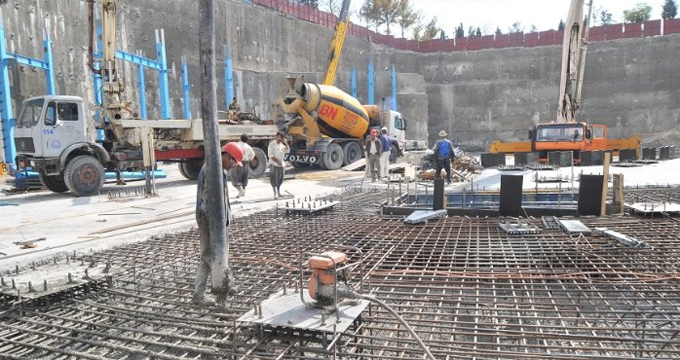
Benefits and Drawbacks of Concrete
Concrete is treated as a chemically composite mass where the inert material performs like a filler as well as the binding materials like a binder. The most crucial binding materials are cement and lime. If Inert materials are utilized in concrete, they are called as aggregates. Most common aggregates belong to sand, brick chips, stone chips, gravels, shells etc. The concrete is an important part and parcel of civil engineering sectors.
Benefits of Concrete:
? Components of concrete are easily accessible in several places.
? As compared to natural stones, there are no drawbacks and flaws in concrete.
? Concrete is developed as per required strength with low-cost.
? The concrete persists for a longer period.
? It can take any desired shape.
? Casting of concrete is performed in job site. Therefore, costing is very low.
? Maintenance cost of concrete is very minor.
? The corrosion of concrete is not substantial with age.
? Concrete has non-combustible character to resist fire for any building.
? Concrete can combat extreme temperatures.
? Concrete has also good wind and water proof capacity. So, it is ideal for storm shelters.
? Cinder concrete can be applied as a good sound proofing material.
Drawbacks of Concrete
? With reference to other binding materials, the tensile strength of concreter is comparatively little.
? Concrete is less ductile.
? The weight of compared is high relating to its strength.
? Concrete may include soluble salts. Soluble salts lead to efflorescence.

Image Courtesy: linkedin.com

